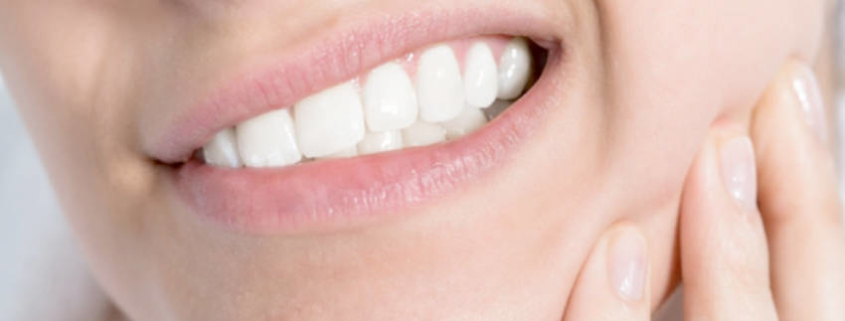Teeth grinding – Bruxism
“The mechanical principles on which Osteopathy is based are as old as the universe” – Philosophy of Osteopathy
Teeth grinding (Bruxism) is in an involuntary habit of clenching or grinding in a back-and-forth or sideways movement of the top and bottom teeth against each other. The biting force of an adult human can equal up to 200 pounds per square inch. Clench your teeth on a regular basis, and that prolonged pressure takes its toll not only on teeth and their supporting structures, muscles, tendons, ligaments and joints of the jaw, skull, neck and shoulders.
Teeth grinding can lead to stiffness, tenderness and pain in the neck and shoulders. Headaches, especially in the temples and in the morning, migraines, unexplained earaches, a painful jaw (especially in the morning), wearing down of teeth surfaces, intermittent tooth sensitivity and unexplained toothaches, clicking in the jaw joint; and difficulty chewing or opening one’s mouth, reduced concentration, facial pain, sore throats, lowered immunity, increased fatigue and back pain.
Teeth grinding is a condition that may be multifactorial and therefore osteopathy may not be the only answer to the habit of teeth grinding. Causes that contribute to clenching and grinding include hidden stress, poor alignment of teeth, ill-fitting dental work, previous trauma to the head and neck area including retained birth compression of the head, punches to the face or falls onto the face and diseases such as Parkinson’s or Huntington’s. An athlete whose sport requires good stability may exhibit teeth grinding. The contraction of the muscles of the athletes jaw will aim to stabilise his head in relation to the neck and neck with respect to the shoulders, thus stabilising his body during the movement. Discovering the cause of the teeth grinding is important. If the patient is taking any medication for depression or anxiety the patient should contact their GP to confirm that the grinding is not a potential side effect of the drugs. Before undertaking any corrective measures that might involve a forced realignment or even a surgical step, it is advisable to arrive at a correct diagnosis and perhaps undertake other holistic measures to deal with the teeth grinding condition.
Cranial Osteopathy understands that in life the bones of the face, like the rest of the skull, are free to move minutely, which they do so in a rhythmic fashion. This movement is important in maintaining drainage of the sinuses, and permitting the free passage of air through the nose. The jaw is powerful and grinding uses not only the main jaw muscles but also accessory stabilising muscles which are located in the neck and the base of the skull. This habit overworks the muscles and restricts the mobility of the associated cranial bones. Also, when under pressure, your posture changes: Muscles get tighter, shoulders rise, slumping occurs and breathing gets more difficult. This all means one’s body has to work much harder to keep everything in balance.
Osteopathic treatment working across the anatomy of the jaw, face and breadth of the skull is important to help improve the normal balance, tension and mobility of the cranial bones and associated muscles and their relationship with the temporomandibular joint thus easing the tension, giving the patient relief from their pain and adaptability for growth. Osteopathic techniques used to treat structural tension within the face are very gentle. Also, through osteopathic techniques on the skull and spine, osteopaths can help balance the autonomic nervous system, thus decreasing the state of chronic anxiety in the patient.
For long term management of the condition itself the patient should obtain an appropriate mouth guard from the dentist to protect the teeth from wearing down and to reduce some of the grinding at night by making it more difficult to clench the teeth.
View a list of common complains that Osteopathy can assist with
Discovery the benefits of Osteopathy
- What is Osteopathy?
- Adult health issues
- Babies and Children
- During and after pregnancy
- Common Complaints
- Testimonials
- Sports Injuries
- Genral Osteopathy FAQs
- The Science & Reasearch



